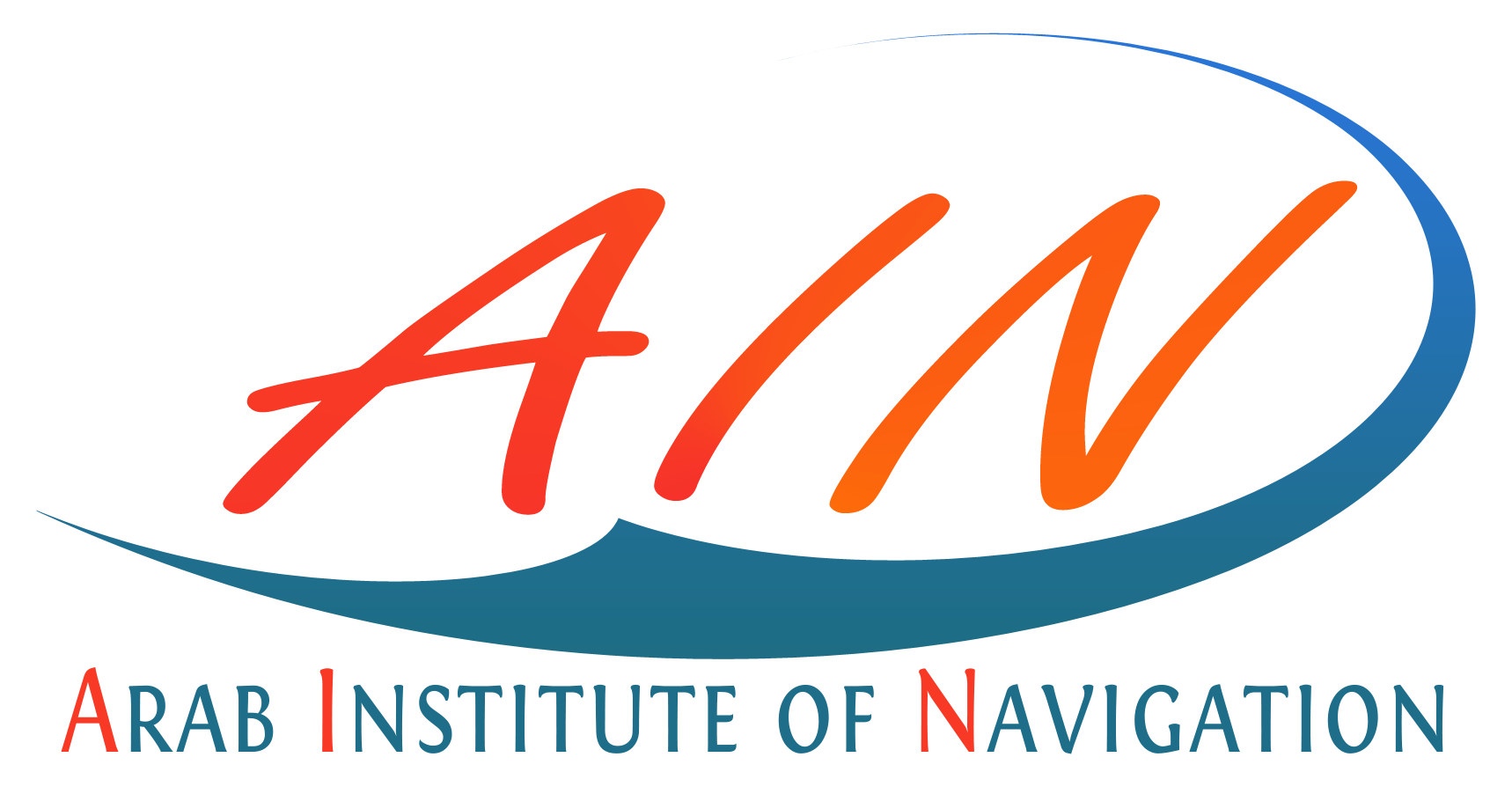| Ranking Seafarers’ Duties towards Unmanned and Autonomous Ships in Prospective of STCW |
| Capt. Moustafa Mohamed Hosny (1) and Capt. Eslam Abdelghany E. Mohamed (2) |
| DOI NO. https://doi.org/10.59660/47113 Received 05/07/2023, Revised 28/08/2023, Acceptance 04/10/2023, Available online and Published 01/01/2024 |
Abstract
The maritime industry is experiencing a transformative shift in seafarer roles and capabilities due to rapid technological innovation towards unmanned and autonomous ships. This evolution is fundamentally altering the way seafarers engage with their roles, tasks, and responsibilities onboard ships. Therefore, emerging technologies, automation, and digitalization have revolutionized traditional maritime operations, leading to a reevaluation of the competencies and proficiencies required of seafarers. These ships are equipped with sophisticated modular control systems and cutting-edge remote communication technology; these vessels have not only captured the global maritime community’s imagination but have also necessitated urgent regulatory considerations by the International Maritime Organization (IMO). In addition, the Standards of Training, Certification, and Watchkeeping (STCW) Convention holds a central and time-honored significance to ensure that seafarers possess the necessary knowledge, skills, and competencies to perform their duties effectively.
However, the lack of specific STCW guidelines precisely tailored to address unmanned and autonomous ships prompts a critical and introspective examination of the roles and capabilities of seafarers in this evolving context. Hence, this paper aims to rank the duties of seafarers towards unmanned and autonomous ships in the absence of guidelines within STCW through AHP analysis. The results show that ship management is deemed the most important factor.
tional methods and undertaken a lot of research on various LNG/LPG processes. The optimization and design of petroleum and natural gas liquefaction processes during the last few years are summarized and discussed in this study. Comparing and contrasting the benefits and drawbacks of various liquefaction methods. Furthermore, highlighted are the recent fast advancements in pressurized liquefaction technology and its anticipated applications.
